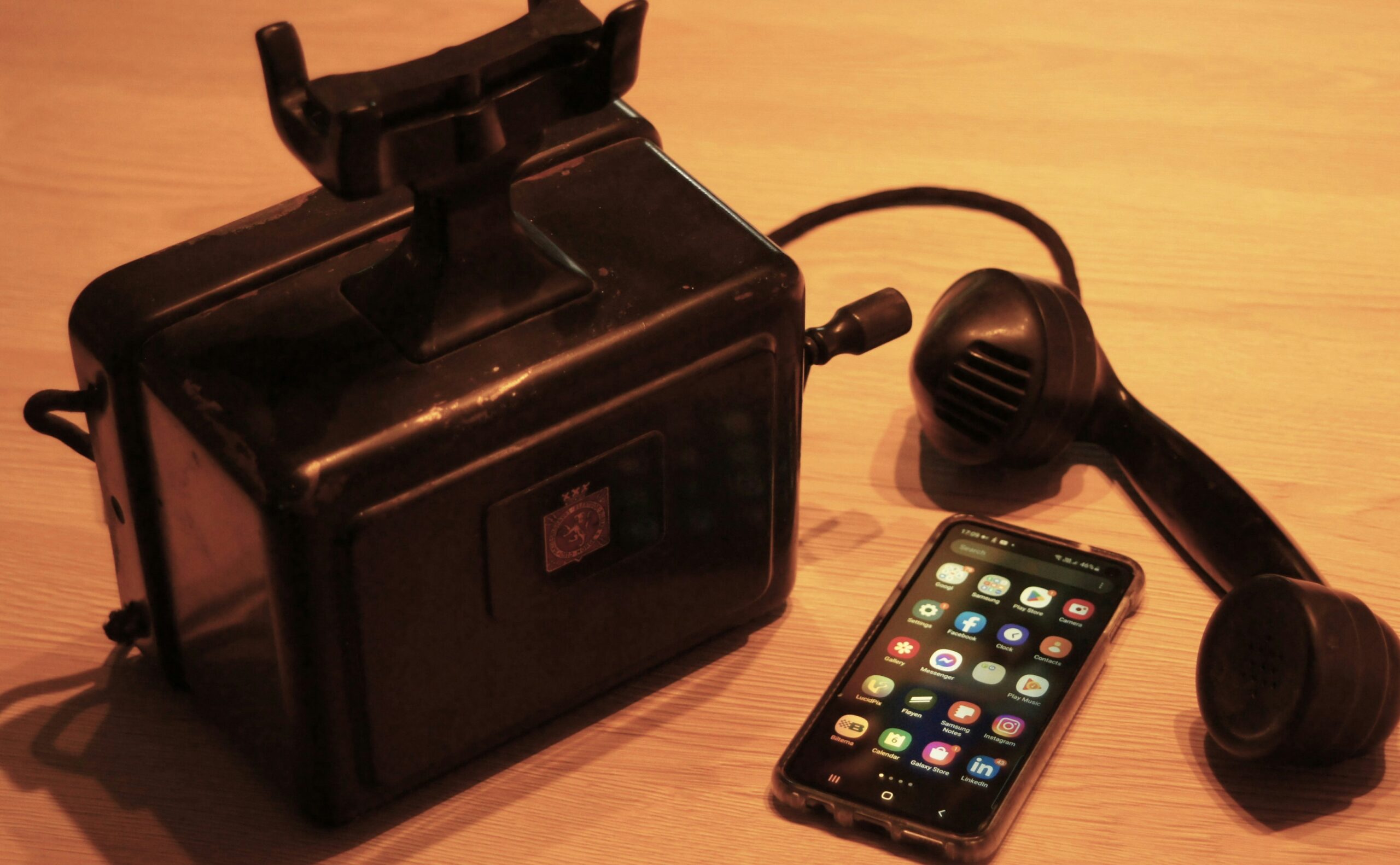Many of the inventions that make our lives more efficient, have deeply rooted historical backgrounds. Originating from a common invention, our everyday lives were impacted by these inventions and their history.
The Steam Engine
Description: The steam engine is a machine that uses steams energy to operate a machine. When water is heated it becomes steam, expanding the waters volume and creating high pressure to feed a mechanical machine.
When was it created: Approximately in the 1st century but wasn’t used and explored to its full potential until 1698.
Who created it: The steam engine was created by a Greek mathematician, Heron of Alexandria in the form of what he called a aeolipile (wind ball) . The aeolipile was able to take the steam from boiling water and push it into tubes that were inserted in a sphere making it spin in circles. This invention was just the beginning of the steam engine, as this wasn’t a useful invention but more of a discovery its science.
Many years later, Thomas Savery invented the hand operated steam engine. It worked by using vaporized water in tanks to suck water from mines. Savory created it for the reason of taking water out of the mines as efficiently as possible.
Archimedes Screw
Description: A mechanical device used to drain and control water flow. The screw can also lift and move water using an inclined plane and a pole, which is also known as a screw. The archimedes screw traps fluid and forces the water to move upwards when you rotate the screw. The water uses the screw to travel through and move locations.
When was it created: The Archimedes screw was created somewhere around 234- 250 BCE.
Who invented it: The Egyptian Screw was made by Archimedes who was a Greek scientist and one of the best at the time. When the King asked Archimedes to create the biggest ship possible many problems occurred with it. Leakage was one of the biggest problems and to solve it he came up with the Archimedes Screw. The screw was used to take the water that had been in the ship and transport it into another location.
The Light Bulb
Description: The light bulb is a mechanical invention used to illuminate areas using electricity. The filament inside the bulb heated until it can glow enough to shine light.
When was it created: It was created in 1879.
Who Created it: American Inventor, Thomas Edison is responsible for creating the light bulb. His goal was to create a lamp with an heat reaction (incandescent) with other scientists. He soon found out how to use glass pieces to construct the light bulb by passing electricity through the filament. After many trials and tests he was able to create the light bulb.
The Telephone
Description: The telephone is an invention that uses sound and converts it into electrical signals, to be able to talk to people from a distance through a wire.
When was it created: In the year of 1867.
Who created it: The telephone, one of the greatest inventions of our world was created by a Scottish inventor named Alexander Bell. His telephone worked with an transmitter and receiver, one side took in sound and turned it into an electric signal.The receiver than received the signal through a wire, and the sounds were relayed to the person on the other side listening. The creation of the telephone was actually an accident because of the telegraph, while trying to fix a telegraph machine Bell came up with the idea to transmit messages over wire.
The Computer
Description: The Computer is an invention that manipulates and collects information. Computers store information and can search for them on the web making it have endless possibilities. All of this information is displayed on your computer screen ready to use and making it one of the most used inventions in the world.
When was it created: The first mechanical computer was created in 1822.
Who created it: The history of the computer is quite long and starts even before 1822, but the first mechanical computer has been traced back to 1822. Charles Babbage started the idea of an machine doing stuff for you. In his case it was approximating polynomials and other mathematematic equations. Later in 1837, he started to propose the idea of his Analytical Engine. But in the end it was never made, until another scientist brought it to life in 1936.
Sources:
Image:
Photo by Alan Bowman on Unsplash
Archimedes Screw
https://www.britannica.com/technology/Archimedes-screw
https://www.cs.drexel.edu/~crores/screw/screw.pdf
https://www.scientificamerican.com/article/lift-water-with-an-archimedes-screw
The Steam Engine
https://www.britannica.com/technology/steam-engine
https://www.smith.edu/hsc/museum/ancient_inventions/steamengine2.html
https://www.egr.msu.edu/~lira/supp/steam/
Light bulb
https://www.fi.edu/history-resources/edisons-lightbulb
https://www.energy.gov/articles/history-light-bulb
The Telephone
https://www.thecanadianencyclopedia.ca/en/article/telephones
https://www.howitworksdaily.com/how-bells-telephone-worked/
https://www.pbs.org/transistor/album1/addlbios/bellag.html
The Computer
https://www.computerhope.com/issues/ch000984.htm#mechanical
https://edu.gcfglobal.org/en/computerbasics/what-is-a-computer/1/

